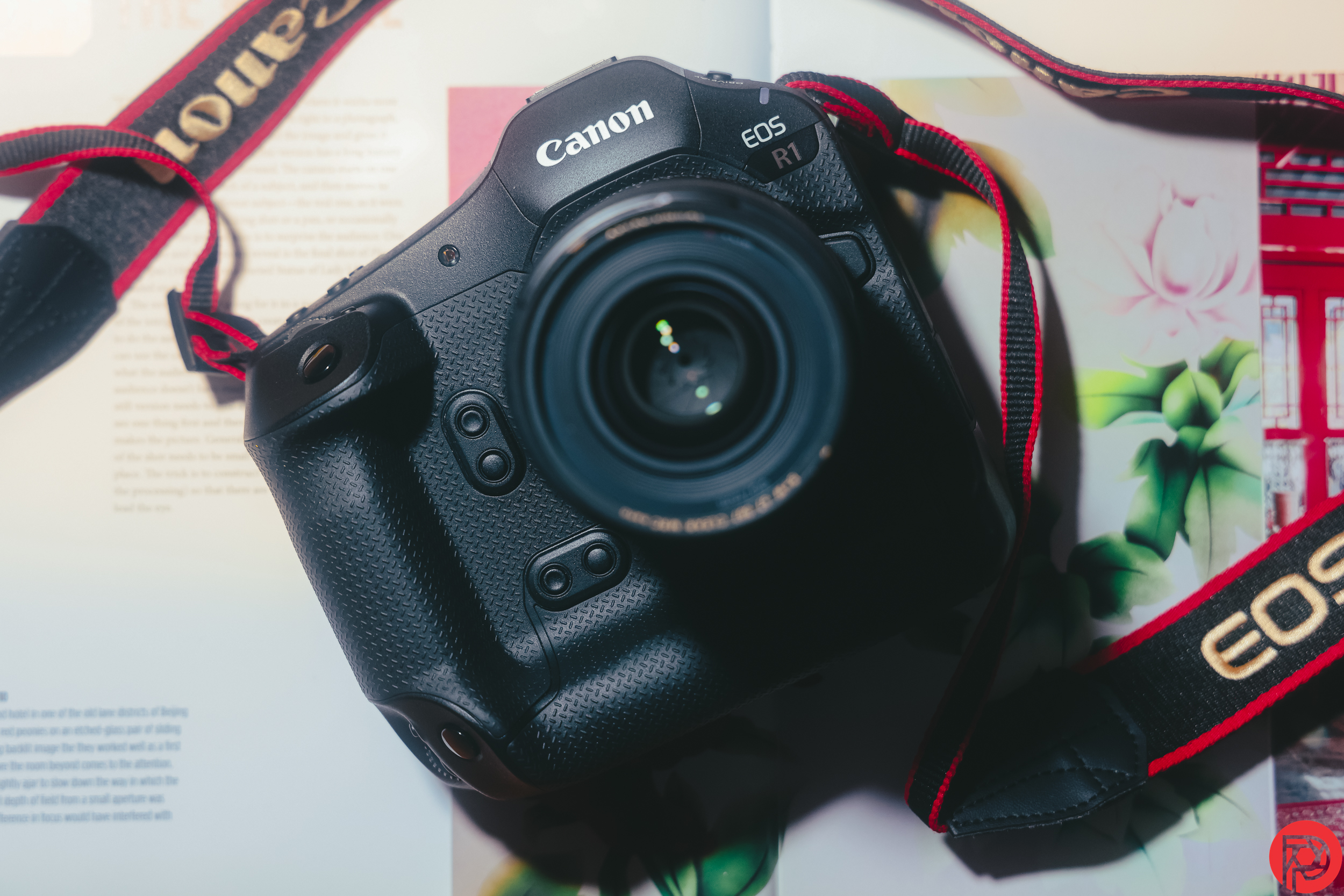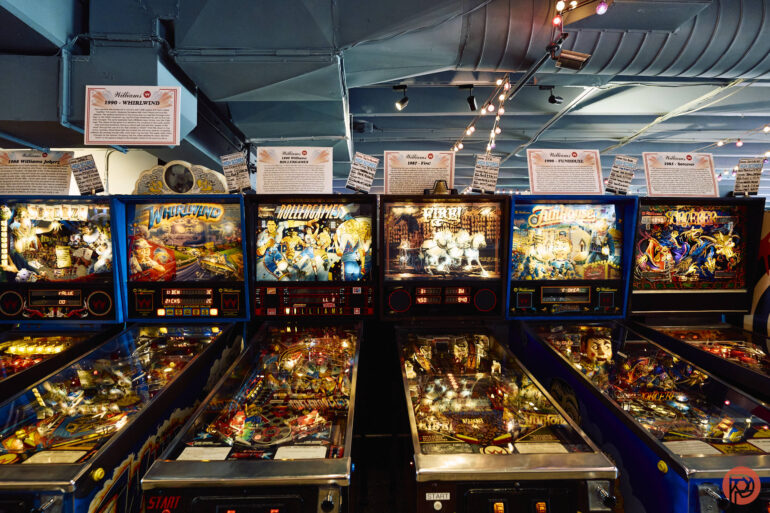
Spread the love
Canon and Sony cameras have always been competing with one another. While Sony moved to mirrorless cameras before others, that did not stop companies from competing with one another. However, since Canon transitioned to mirrorless, the situation hasn’t changed significantly. In fact, now both companies are direct competitors in many ways. Today, we examine the two best options the companies have to offer.
Autofocus
The Sony A9 III offers fast autofocus, but it requires your assistance in capturing birds. However, if you are shooting in other genres, you don’t have to worry too much. The same goes for street photography. However, in low light, it works well on people with lighter skin tones, but not as well on those with darker skin tones. In the right environment, the camera does wonders, especially when paired with Sony’s advanced tracking capabilities.

Canon R1 can subject track and focus with ease. However, there is still much the camera can do to better distinguish between people, animals, and objects. Initially, it had challenges focusing on people of color, but with the new update, the camera was able to overcome this. Even with bird photographers, we found images may images that were worth keeping.
Specs:
- The Canon R1 features 1053 AF points to choose from, and you also get tracking options for humans, Animals, Vehicles, and registered people, prioritizing people.
- The Sony A9 III features 759 AF points and real-time eye autofocus, even at 120fps. There is also Human, Animal, Bird, Insect, Car, Train, Airplane tracking, and Fast Hybrid AF.
Image Quality/High ISO

The Sony A9 III is a perfect camera in many ways. The photos offer great skin tone, the RAW files allow you to capture enough details, and the image at ISO 6400 offers spectacular dynamic range. The pictures above this ISO are not grain-free, but they are usable. For images to be uploaded online, Adobe Lightroom can give you good results. Moreover, the AI noise reducer can clean images at ISO up to 12,800. The latter also works when you overexpose your images by 1/3 to 1/2 of a stop.

The Canon R1 offers everything in focus in terms of images. The colors are rendered well, and it is perfect for anyone who dislikes editing too much. The image files are large, and they have a lot of latitude, which is great if you are into retouching or shooting commercial images. If the company had updated the R3, the results would have been the same.
Specs:
- Canon R1 features ISO up to 102400 and has a burst rate of 40fps with an electronic shutter
- Sony A9 III’s ISO goes up to 51,200, and it has a continuous shooting rate of 120 fps
Build/Ergonomics
The Sony A9 III has multiple options for dials and locks. The buttons don’t feel low-cost, and the overall experience of the device is pretty good, as well. There is weather resistance, which means you can shoot even in a challenging environment, including drizzle. Since there is a global shutter, you can also sync their flash at any setting, which gives you plenty to play with.

The Canon R1 features a robust camera body, and its button layout is distinct. There is also the introduction of a rate button, which allows photographers to rate from 1 to 5. It also features pre-shot capture for their Action Priority modes, which means you can make images before pressing the shutter.
Specs:
- The Canon R1 features a 9.44M EVF, a 2.1M dots LCD, and you get the highest shutter speed of 1/64,000.
- The A9 III has a 9.43M-dot EVF with a 120 fps refresh rate at the highest quality or 240 fps with reduced quality. It also has 5-axis image stabilisation and a 2.09M-dot LCD. The highest shutter speed is 1/80,000.
Conclusion
The Sony A9 III is priced at $6,798, while the Canon R1 comes at $6,799. With both cameras being close in price, the major difference would then be their performance. Canon and Sony both offer a wide range of colors and details, but Sony has an edge with its global shutter system. Despite being old, many photographers can still rely on it to capture creative images. However, if you believe that the frames per second is your biggest concern, then the Sony A9 III wins the mark. However, if you are comfortable with Canon and only want Canon’s menu and design system for your next upgrade, then consider the R1. Our recommendation would be the A9 III.

